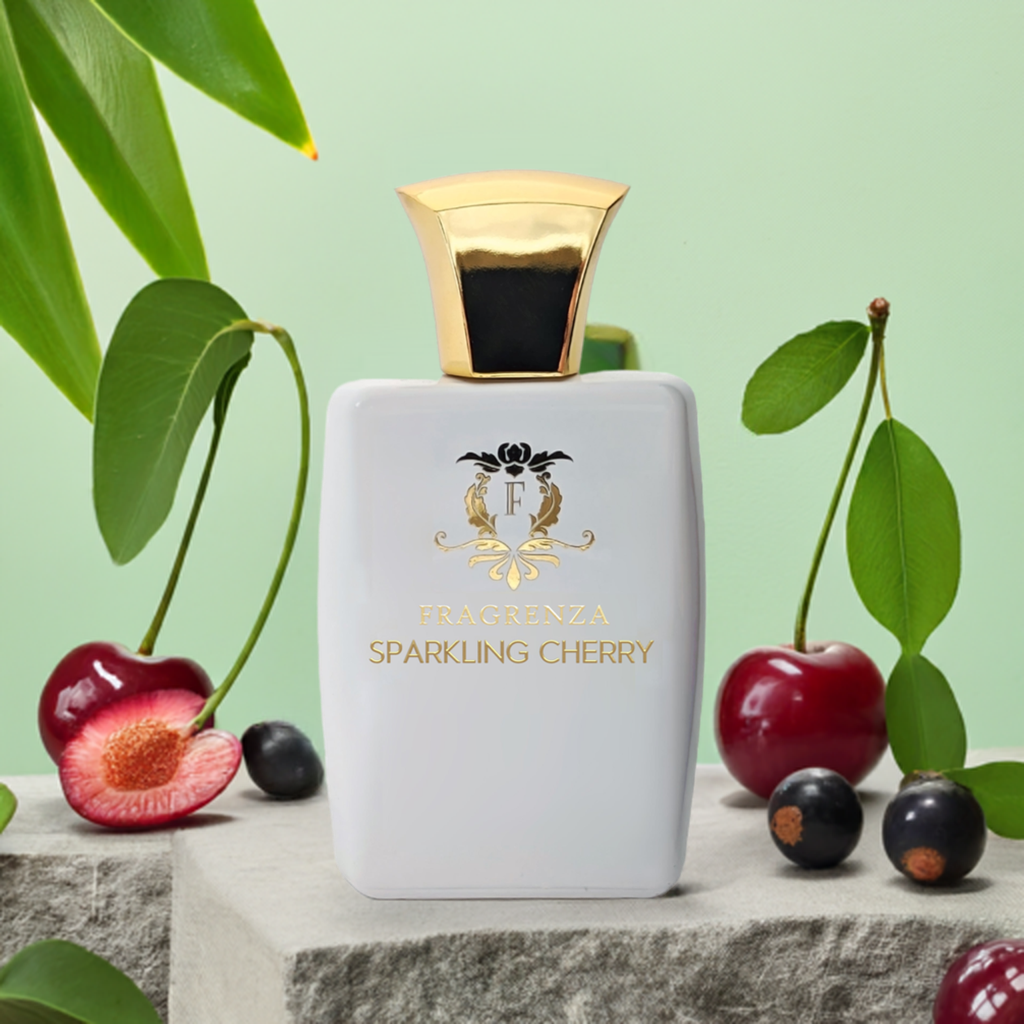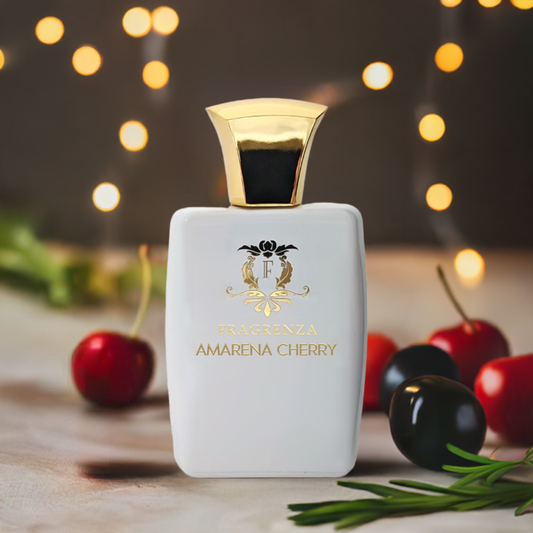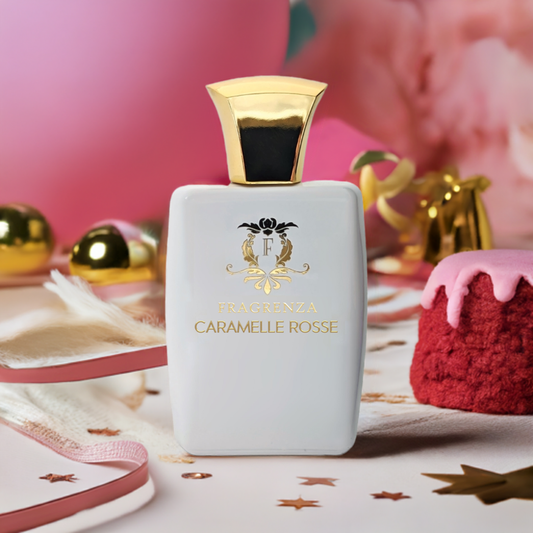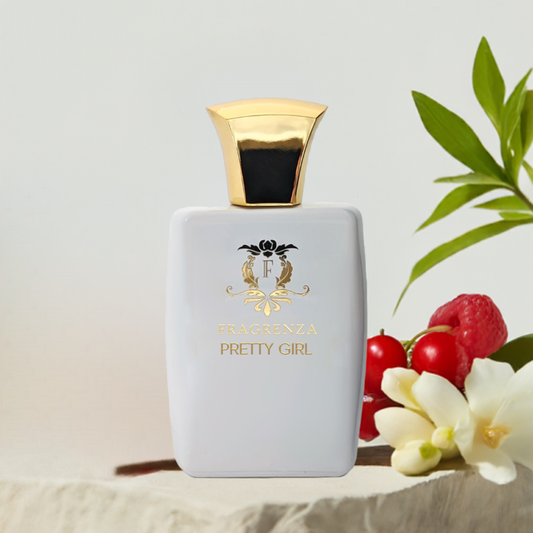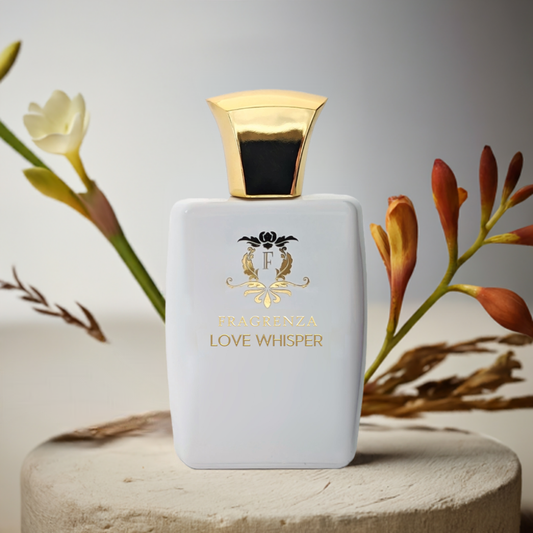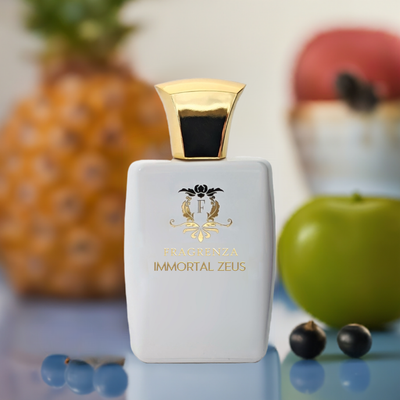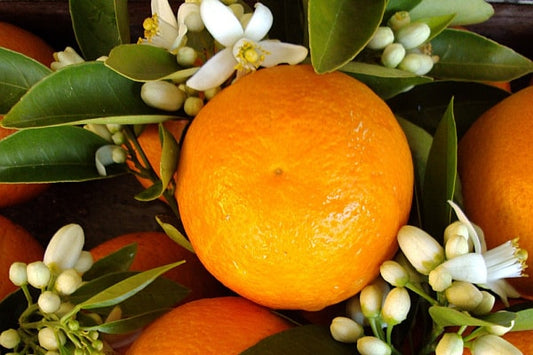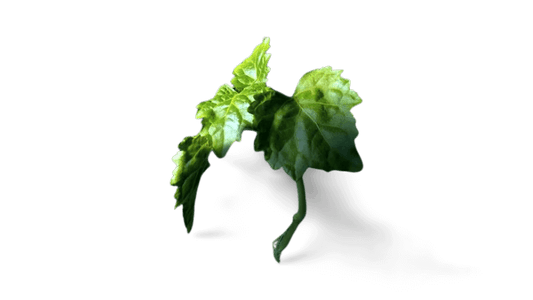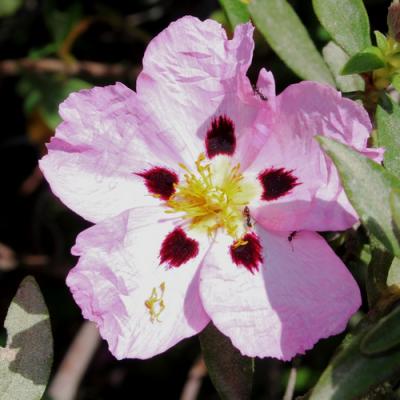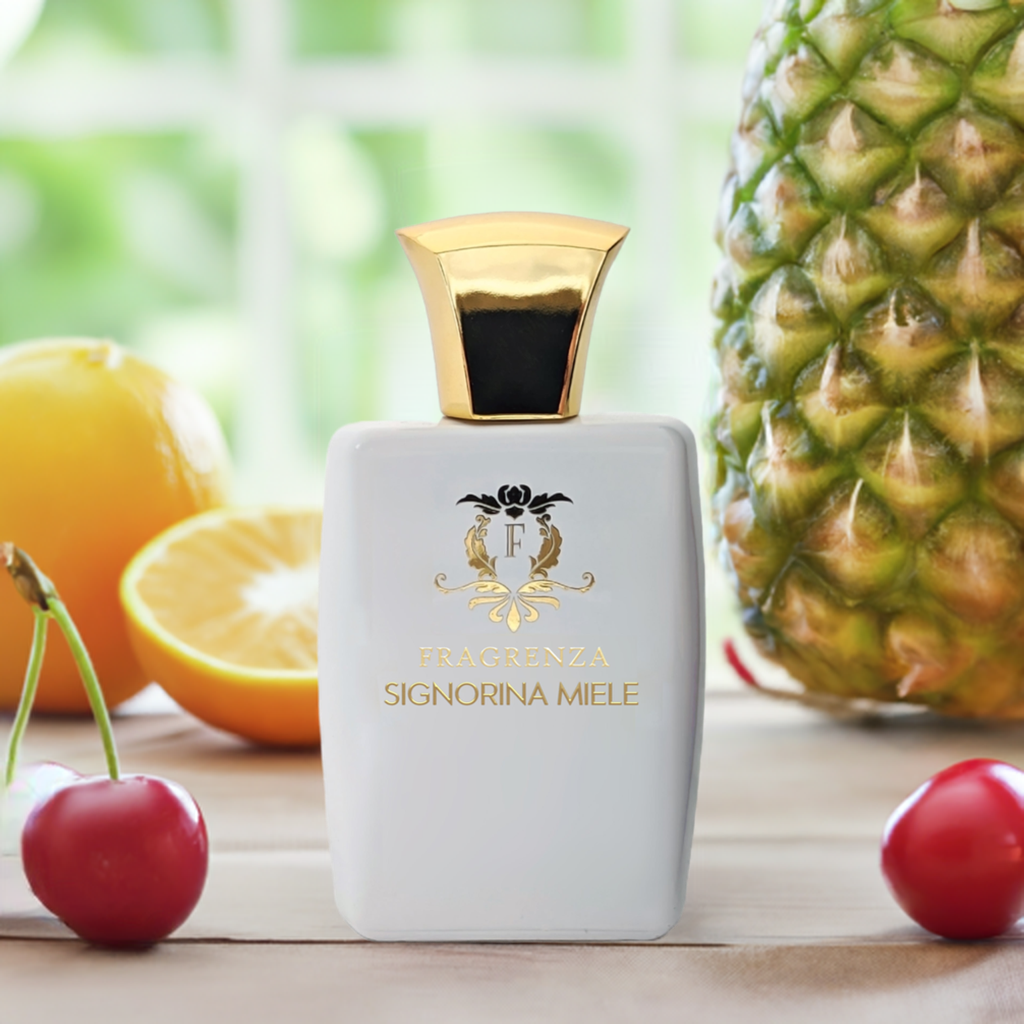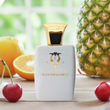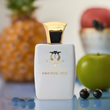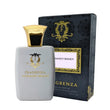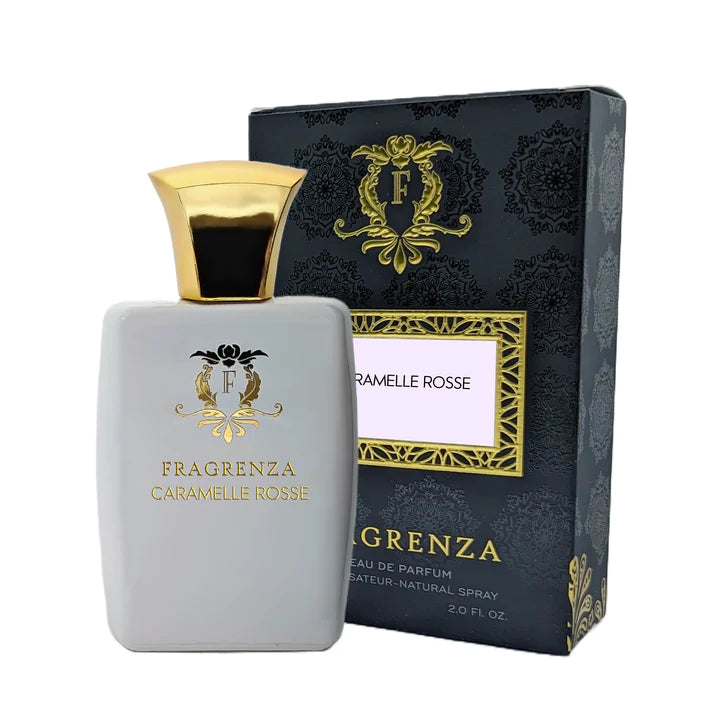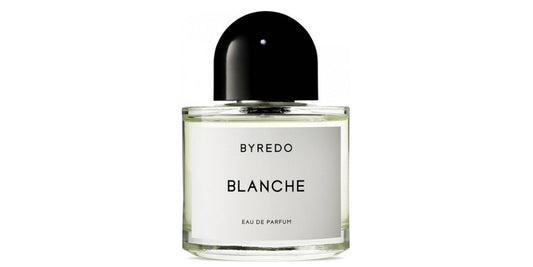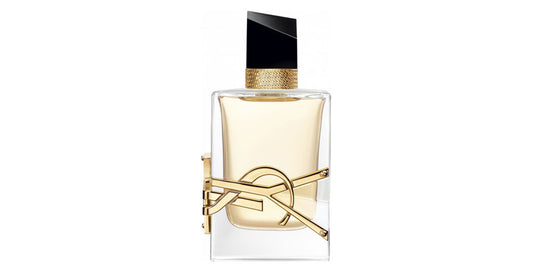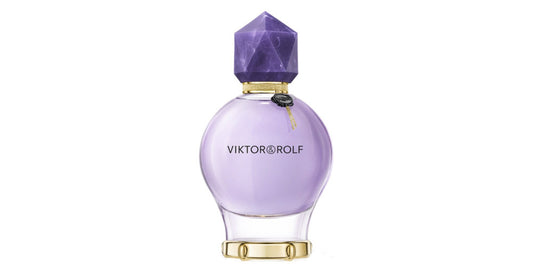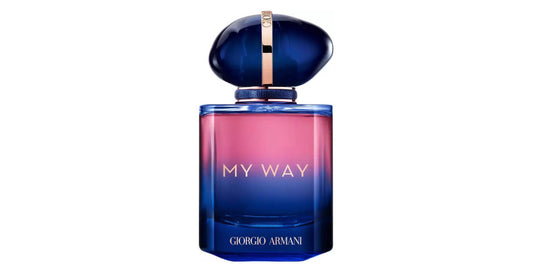Pineapple in perfumery

In This Article
The Origin and Benefits of Pineapple
Pineapple, a member of the bromeliad family, is a herbaceous plant that can grow from 1 to 1.5 meters tall. Its long lanceolate leaves range from 50 cm to 1.8 meters in length and can be toothed or smooth. Pineapple flowers emerge from a crown of short leaves atop blue flowers on its stems. These flowers eventually give way to the conical fruits we all know and love. Today, numerous pineapple varieties exist, each with a unique flavor and texture.
Native to tropical climates, pineapples cannot tolerate temperatures below 10°C and should not be stored in a refrigerator. They thrive in low-fertility soil and take 14-20 months to mature. Discovered by Christopher Columbus in Guadeloupe in 1493, pineapples reached Europe in 1672, and cultivation attempts began in France in 1702 under Louis XIV's direction.
Apart from its delicious taste, pineapple offers numerous health benefits. Rich in manganese, it promotes bone health, fights cancer cells, and acts as an anti-inflammatory agent. Pineapple also contains bromelain, which thins the blood, reduces platelet clotting, and lowers the risk of phlebitis or stroke. Moreover, it aids digestion, combats cellulite, and prevents colds and infections.
The Fruity Scent of Pineapple
In addition to its numerous benefits, pineapple has become a popular ingredient in perfumery, lending a fruity and sunny touch to fragrances. While primarily used in female creations, pineapple occasionally appears in male or unisex scents. Various pineapple varieties are used, with the Victoria pineapple from the Indian Ocean being a favorite among perfumers for its subtle aroma.
As it is not possible to extract essential oil directly from the fruit, pineapple's scent is typically recreated in a laboratory using allyl caproate, a molecule with a distinct pineapple aroma. This fruity scent can also be combined with coconut to create a delightful pina colada fragrance reminiscent of tropical indulgence.
Pineapple can be found in numerous renowned perfumes, such as the Amor Amor collection by Cacharel, Baby Doll by Yves Saint-Laurent, and Born in Paradise by Escada.
Fun Facts About Pineapple
- The word "pineapple" originally referred to the pinecone, while the fruit was called "ananas" in various languages. The English name "pineapple" came about due to its resemblance to pinecones.
- Pineapple plants produce only one fruit per plant, making them a labor-intensive crop to cultivate.
- Unripe pineapples are toxic, as they contain a poisonous substance called calotropis. Consuming an unripe pineapple can cause severe vomiting and diarrhea.
- Pineapples were a symbol of wealth and hospitality in the 18th century, often displayed as table centerpieces at lavish dinner parties.
